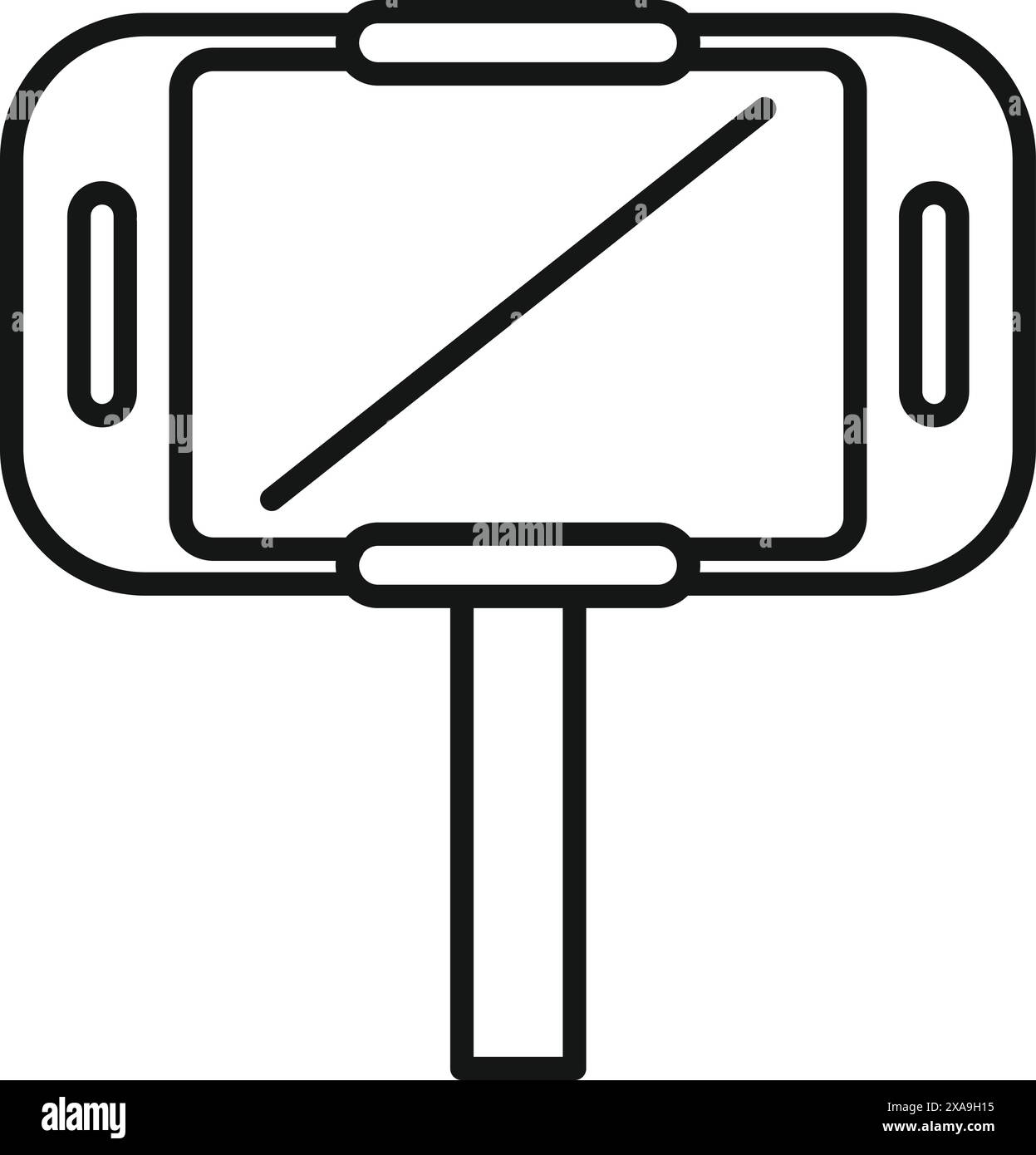

Documenting solo travel presents a unique set of challenges. It’s not just about snapping photos; it’s about capturing the essence of your journey, the emotions, the solitude, and the unique interactions. This article explores the difficulties of documenting solo travel, from capturing meaningful moments to maintaining privacy. We’ll examine practical solutions, creative approaches, and valuable tips. This guide is structured to provide actionable advice across documenting travel moments, photo strategies, and privacy considerations.
The Emotional Landscape of Solo Travel
Unveiling the Inner Journey
Solo travel, at its core, is an exploration of the self. It’s a chance to disconnect from the usual social structures and delve into your own thoughts and feelings. Documenting these internal moments is often the most challenging aspect. Think about capturing the quiet introspection on a secluded beach or the exhilaration of conquering a mountain peak. How do you express the unique emotions tied to these experiences through photography or journaling? This often proves to be a critical, yet difficult point for many solo travelers.
The Dilemma of Solitude
Often, the beauty of solo travel lies in the solitude. Yet, documenting this solitude can feel unnatural or even forced. How can you convey the quiet moments, the introspection, and the peace found in isolation? Photographing the scenery is easy, but how do you capture the feeling of deep connection with the environment? The beauty is in the feeling of solitude, which is difficult to capture.
The Practicalities of Solo Travel Documentation
Balancing Privacy and Exposure
One of the crucial aspects of documenting solo travel is maintaining personal privacy. While you want to share your experiences, you need to consider if and how to share intimate locations, personal activities, and personal stories. This balance often requires careful consideration and planning.
Technological Tools and Their Limitations
Modern technology offers numerous tools for documentation. Smartphones, cameras, and social media platforms can provide immediate feedback and allow for immediate dissemination of content. But technology can also amplify privacy concerns or lead to issues with over-documentation.
Managing the Pressure to Perfect
The pressure to capture “perfect” moments is inherent in documenting travel. A common challenge is to avoid the perfectionist urge and instead focus on authenticity. It’s about documenting the journey, not just the highlights.
Balancing Work and Play
Many solo travelers blend their work and personal life while on the trip. The challenge lies in documenting both the business aspects and personal journey. How do you balance work and play without feeling overwhelmed or losing the essence of the trip?
Finding a Style
The beauty of travel is the variety of experiences. Solo travelers might benefit by exploring multiple ways of capturing memories. For instance, some travelers create online journals while others prefer physical journals. Experiment with different methods until you find a style that best suits your personality and travel style.
Creative Approaches to Documentation
Beyond the Lens
Moving beyond traditional photography, consider a travel journal. Write down reflections, thoughts, and observations. This personal record adds a layer of depth that photos alone often miss. Consider audio recordings or even short videos to capture the sounds and atmosphere of your environment.
The Power of Storytelling
Transform your solo journey into a compelling narrative. Document not just the destination, but the journey itself. This can include detailing your decisions, challenges, and lessons learned along the way. This type of approach can help you build a powerful narrative about your solo journey.
Incorporating Local Perspectives
Engage with the local communities. Interview locals, participate in workshops, or take a class. These experiences provide a richer understanding of the culture and environment and will allow you to build a stronger connection with the community.
Embrace Imperfection
Don’t strive for perfection. Embrace the imperfections in your travel documentation. The authenticity of your journey is essential. Some of the most memorable moments are unplanned encounters, unexpected circumstances and candid pictures.
Utilizing Technology for Documenting Solo Travel
Digital Tools for Travel Journaling
Utilize a travel journal app for digital notes, maps, and photos. These apps can provide an efficient method to organize and maintain a personal record of experiences. Consider using specialized software that syncs photos, videos, and notes for greater connectivity.
Capturing Audio
Recording conversations, interviews, or ambient sounds adds another layer to your travel experience. This offers valuable context and captures sounds that photos may miss. Utilize voice recorders for longer sessions or use your phone for brief recordings.
Leveraging Social Media
Use social media as a platform to share your experiences while prioritizing privacy. Consider using Instagram or other platforms for showcasing your journey, or use a closed group for sharing within your network.
Utilizing Travel Vlogging
Create travel vlogs to share your experiences through video. This medium allows you to capture emotions and details more fully. Consider recording interviews with locals or short-form video documentaries.
Strategies for Maintaining Privacy in Solo Travel
Protecting Personal Information
Be mindful of sharing personal information, especially locations, when using social media. Avoid posting private details like addresses or precise itineraries.
Respecting Local Customs
Research and understand local customs, including photography etiquette. Consider if taking photos of individuals is customary and appropriate. Being respectful and mindful of local sensitivities is paramount.
Minimizing Exposure
Choose accommodations that provide privacy. Opt for places with secure facilities and good reviews.
Staying Aware of Surroundings
Be vigilant about your surroundings, especially when in unfamiliar areas, and be aware of potential risks.
Prioritizing Security
Share your itinerary with trusted friends or family. Use GPS tracking apps, and remain aware of your surroundings.
Combining Travel and Work on a Solo Trip
Integrating Work into Travel
Plan your work schedule in advance and factor in time for rest and relaxation. Prioritize productivity and maintain flexibility for unexpected opportunities.
Maintaining Work-Life Balance
Create distinct spaces for work and leisure to prevent burnout. Clearly define time blocks for work and relaxation to ensure you maximize personal experience.
Utilizing Technology for Productivity
Stay connected and productive using a laptop or tablet. Ensure you have reliable internet access to stay connected and maximize productivity.
Maximizing Opportunities
Embrace unexpected networking opportunities that might arise from solo travel. Actively seek opportunities to connect with locals or other travelers.
Managing Potential Work-Related Stress
Address any work-related anxieties in advance. Engage in practices that help maintain a positive mindset and mitigate stress. This can include meditation, mindfulness exercises, or other relaxation techniques.
Frequently Asked Questions
What are some unique ways to document solo travel experiences?
Documentation of solo travel goes beyond standard tourist snapshots. Consider using a travel journal, creating a digital scrapbook, or producing a short film. These methods can not only capture the factual details of the trip but also the emotional and personal experiences. You can use a mix of written content, photos, and videos to offer the most engaging presentation.
How can I balance capturing memories with maintaining privacy on a solo trip?
Solo travel often involves visiting unique and personal locations. Balancing the desire to document these experiences with maintaining privacy is key. Be mindful of your surroundings and where you take pictures. Avoid publishing photos of your accommodation or home base, and always respect the privacy of others. When using apps like Instagram, consider using privacy features to control who sees your posts.
What challenges do solo female travelers face when documenting their journeys?
Solo female travelers face a unique set of challenges. Safety and security are paramount, so always share your itinerary with trusted contacts. Be mindful of your surroundings and avoid walking alone at night. When taking photos, consider your surroundings and ensure you are in a safe place. Additionally, be aware of potential cultural sensitivities and respect local customs.
In conclusion, documenting solo travel, particularly the nuances of capturing moments alone, is a deeply personal and often challenging task. By understanding the emotional and logistical aspects, employing creative strategies, and leveraging technology, solo travelers can overcome these obstacles. Now, are you ready to embark on your next solo adventure, armed with the tools and insights to truly capture the essence of your journey? Visit [website/blog address] for more travel tips and inspiration.